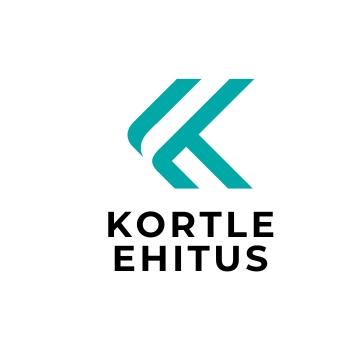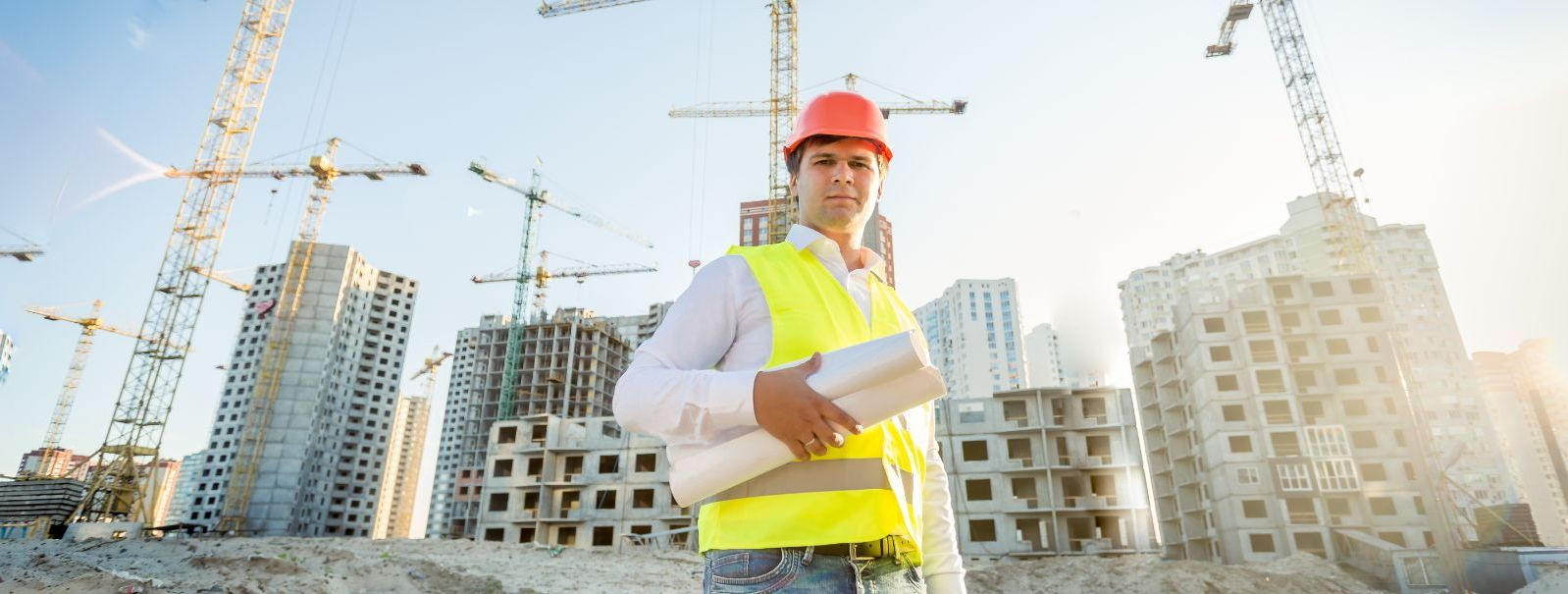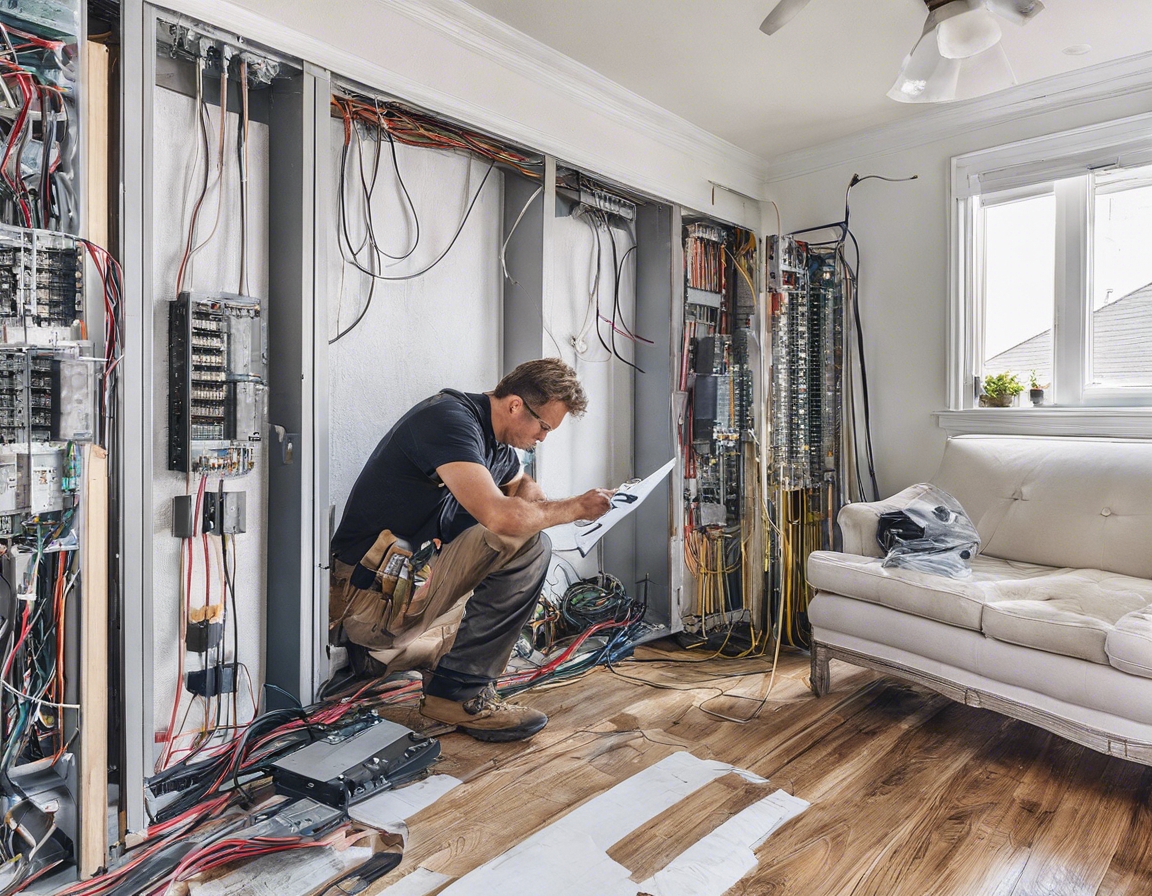The future of construction: sustainable and innovative
The construction industry stands at a pivotal crossroads, with the urgent need to address climate change and resource depletion pushing the sector towards more sustainable practices. As global populations grow and urbanize, the demand for new buildings and infrastructure increases, making it imperative to find ways to construct with minimal environmental impact.
Sustainability in construction involves building in a manner that is environmentally responsible and resource-efficient throughout a building's life-cycle. Innovation, on the other hand, refers to the adoption of new technologies, methods, and materials that improve efficiency, reduce costs, and enhance the quality of construction projects.
Emerging Trends in Sustainable Construction
One of the most significant shifts in sustainable construction is the use of green building materials. These materials are sourced, processed, and manufactured in ways that are less harmful to the environment. Examples include recycled content, rapidly renewable resources, and materials that contribute to improved indoor air quality.
Energy efficiency is a cornerstone of sustainable construction. Buildings designed to use less energy reduce greenhouse gas emissions and operational costs. Integrating renewable energy sources like solar, wind, and geothermal systems further decreases the carbon footprint of buildings.
Water conservation techniques, such as rainwater harvesting and greywater recycling, are becoming integral to sustainable construction. These methods not only save water but also reduce the strain on municipal water supplies and wastewater systems.
Construction and demolition waste accounts for a significant portion of landfill content. Sustainable construction practices aim to reduce this waste through strategies like deconstruction, recycling, and the use of materials with a longer life span.
Innovative Construction Technologies
Building Information Modeling (BIM) is revolutionizing the construction industry by creating digital representations of physical and functional characteristics of spaces. BIM facilitates better decision-making throughout the construction process, leading to more efficient project management and reduced costs.
3D printing is emerging as a game-changing technology in construction, allowing for the rapid prototyping and production of complex building components. This technology can lead to significant reductions in material waste and labor costs.
Modular and prefabricated construction methods enable components of a building to be manufactured off-site and then assembled on-site. This approach can significantly reduce construction time, waste, and disruptions to the surrounding community.
The integration of smart technologies and the Internet of Things (IoT) into construction processes is creating 'smart buildings' that are more efficient, comfortable, and responsive to the needs of their occupants.
Challenges and Opportunities
While sustainable and innovative construction practices are gaining traction, they often face regulatory hurdles. Adherence to evolving standards and codes can be challenging but also presents an opportunity for industry leadership and differentiation.
Although initial costs for sustainable and innovative construction can be higher, long-term savings in energy, water, and maintenance can offset these expenses. Innovative financing models and incentives can also help mitigate upfront costs.
The construction industry must invest in education and training to equip the workforce with the skills needed to implement sustainable and innovative practices effectively.
Collaboration between various stakeholders, including governments, developers, and construction firms, is crucial for the widespread adoption of sustainable and innovative construction methods. Partnerships can facilitate knowledge sharing, innovation, and the scaling of best practices.






Comments (0)